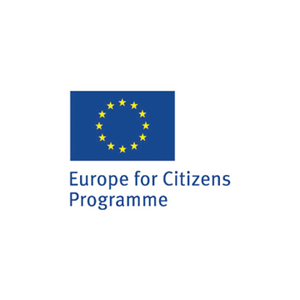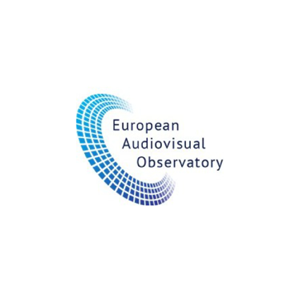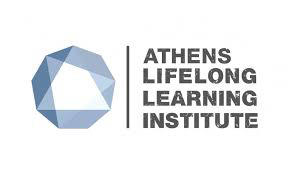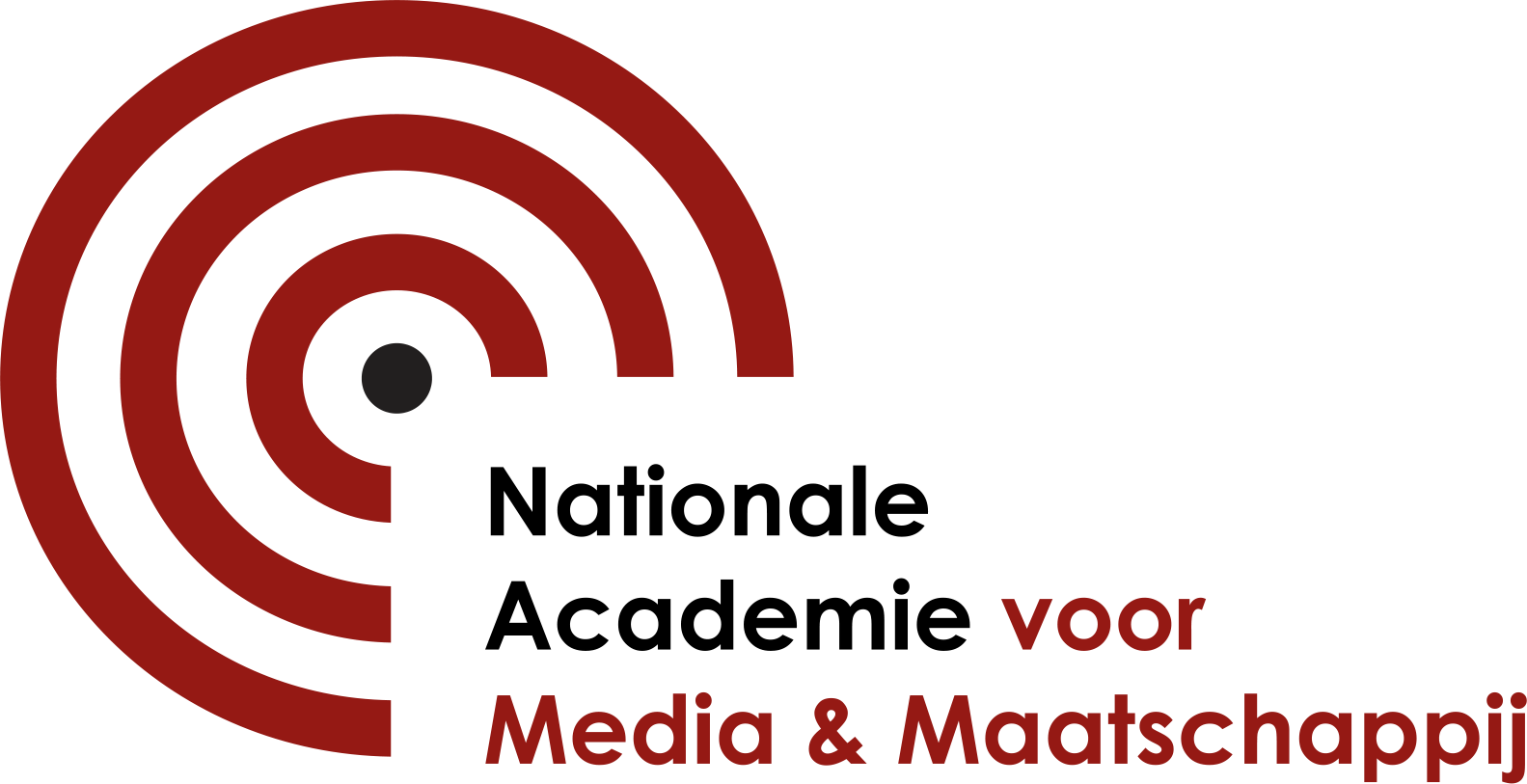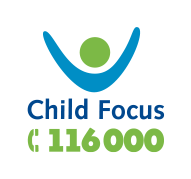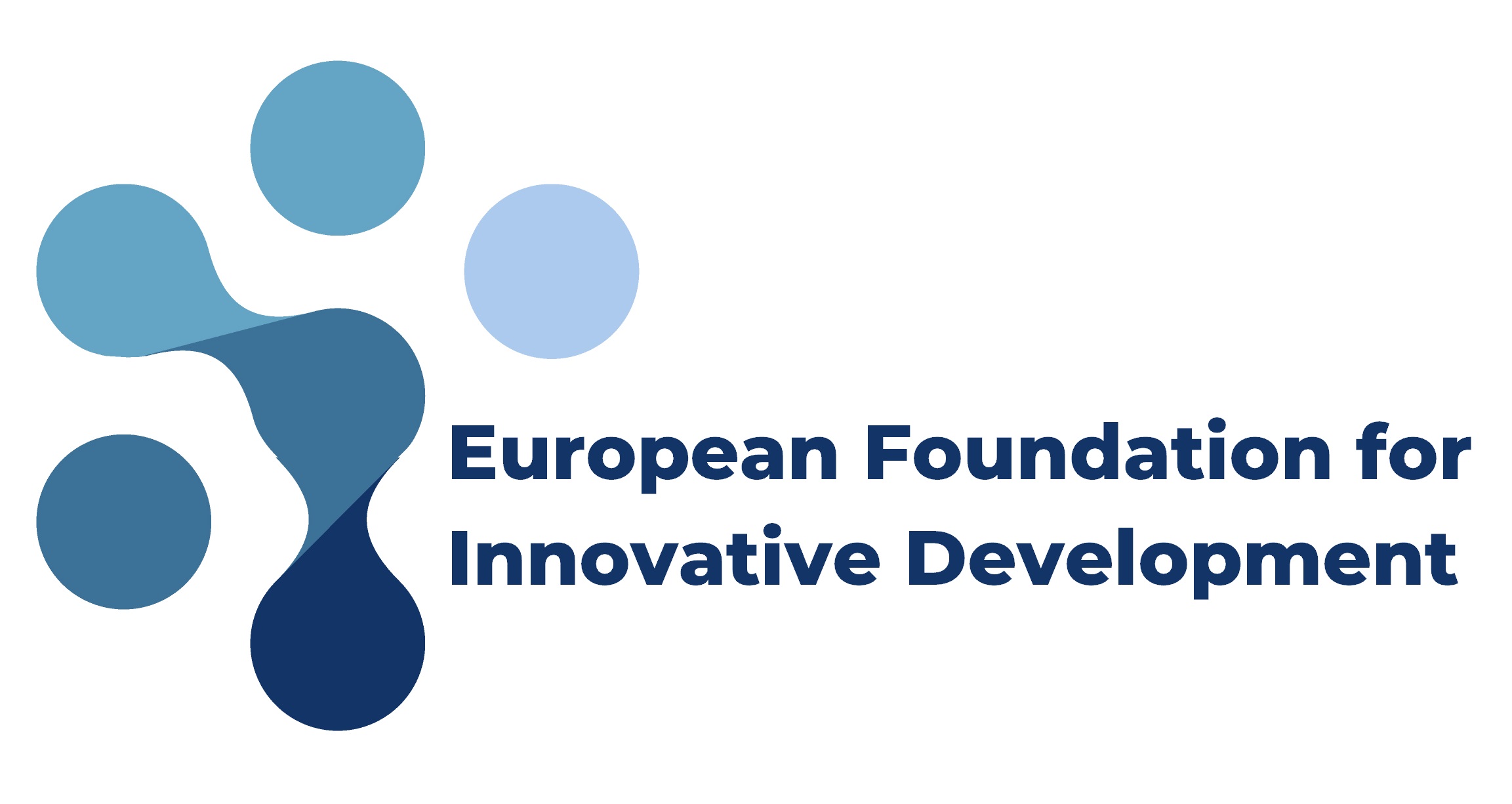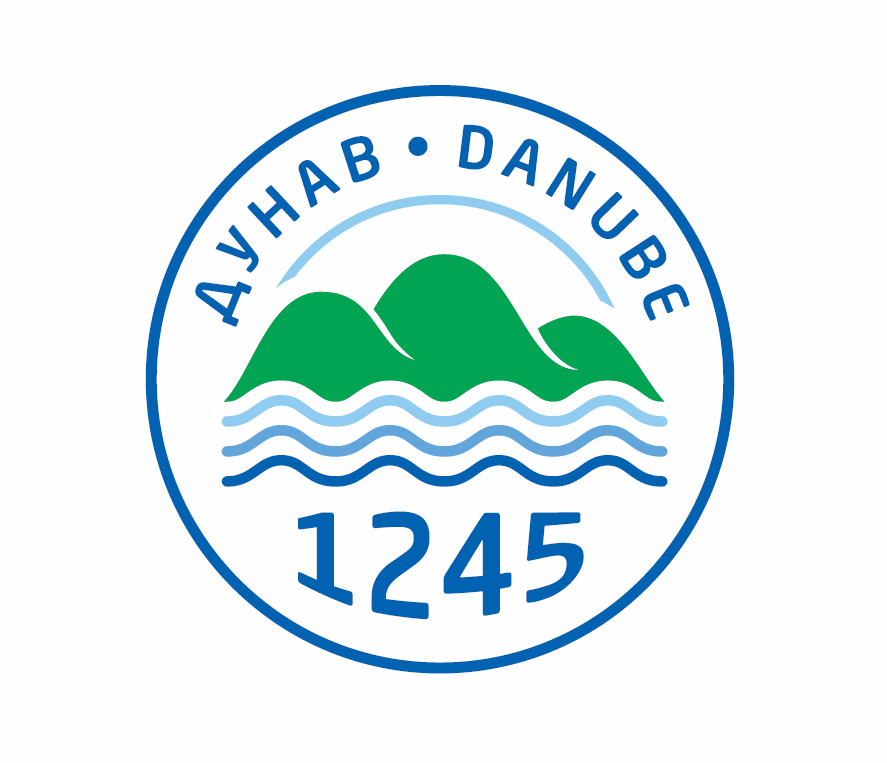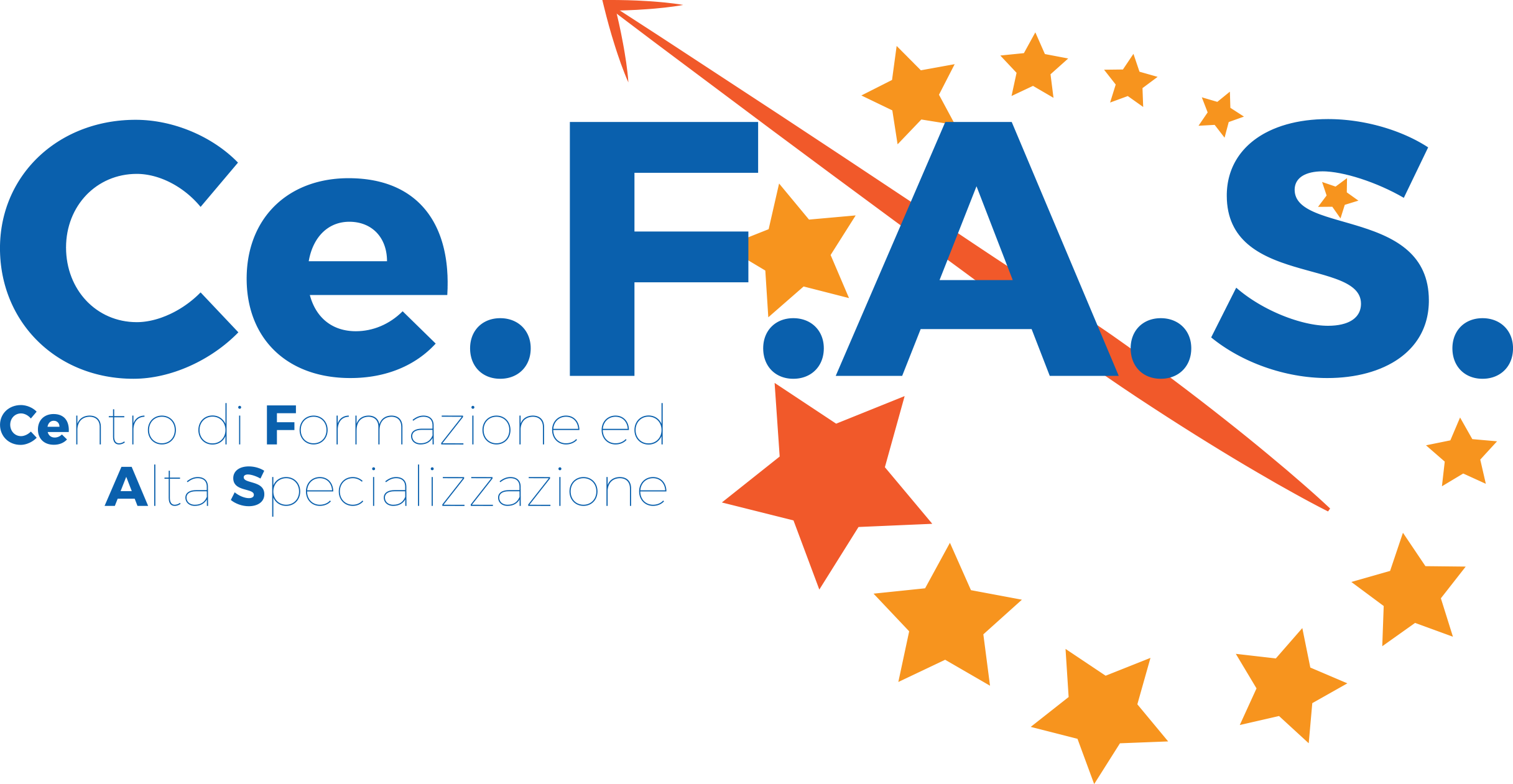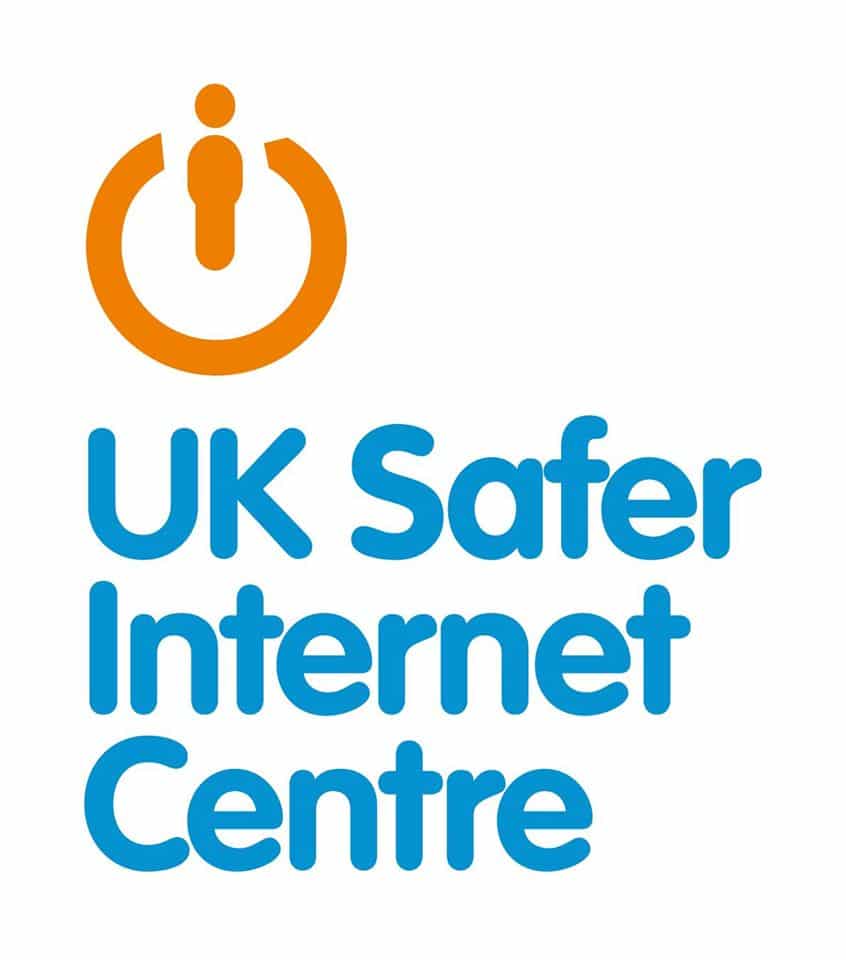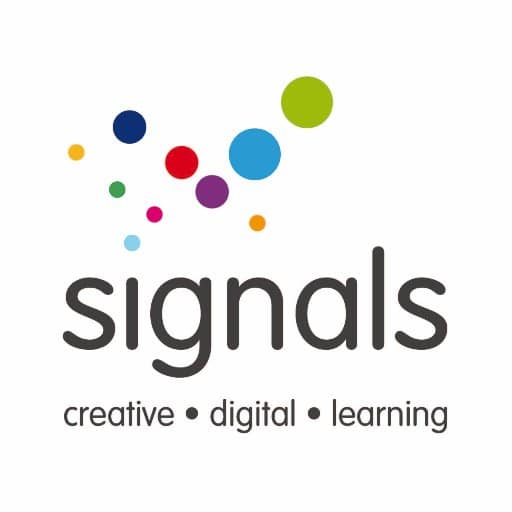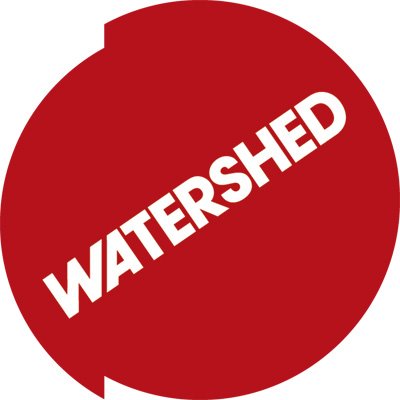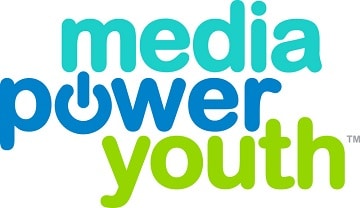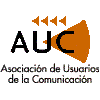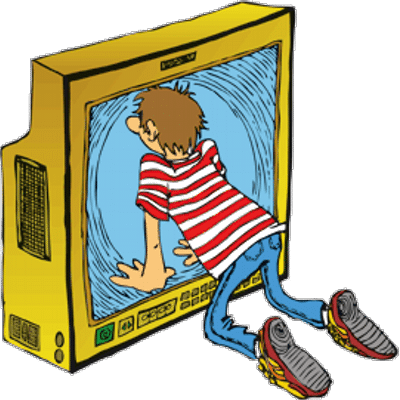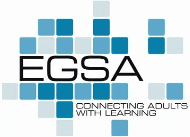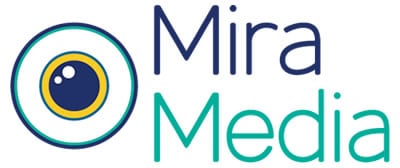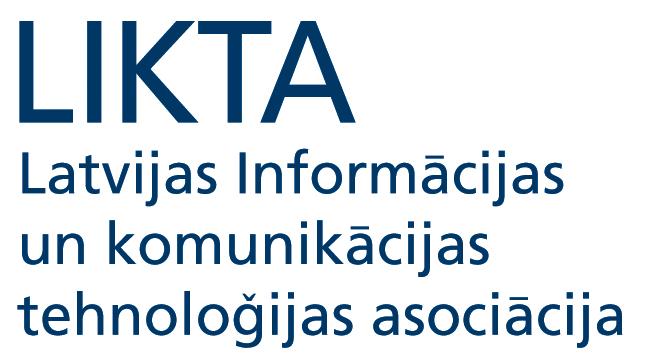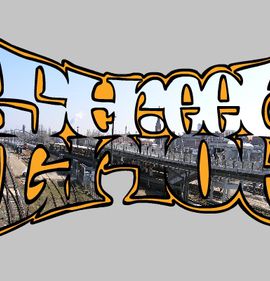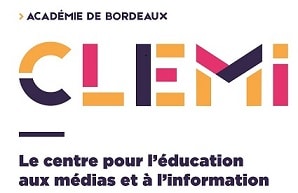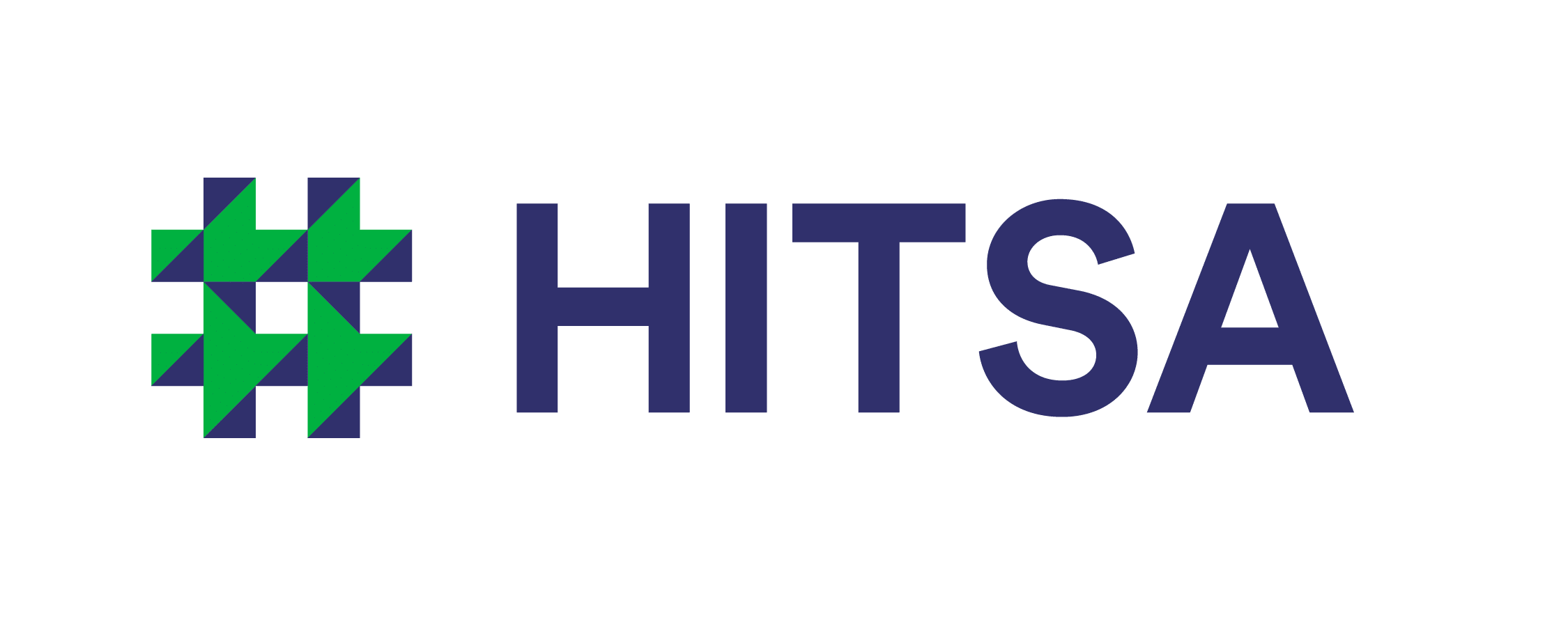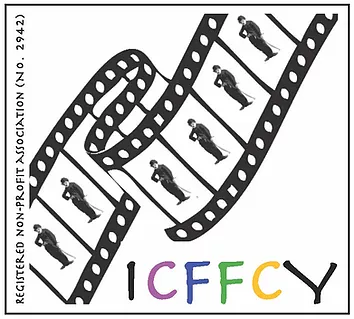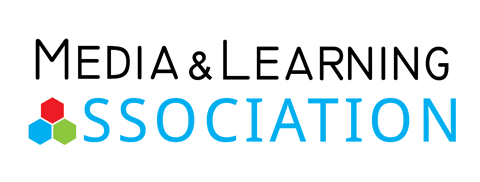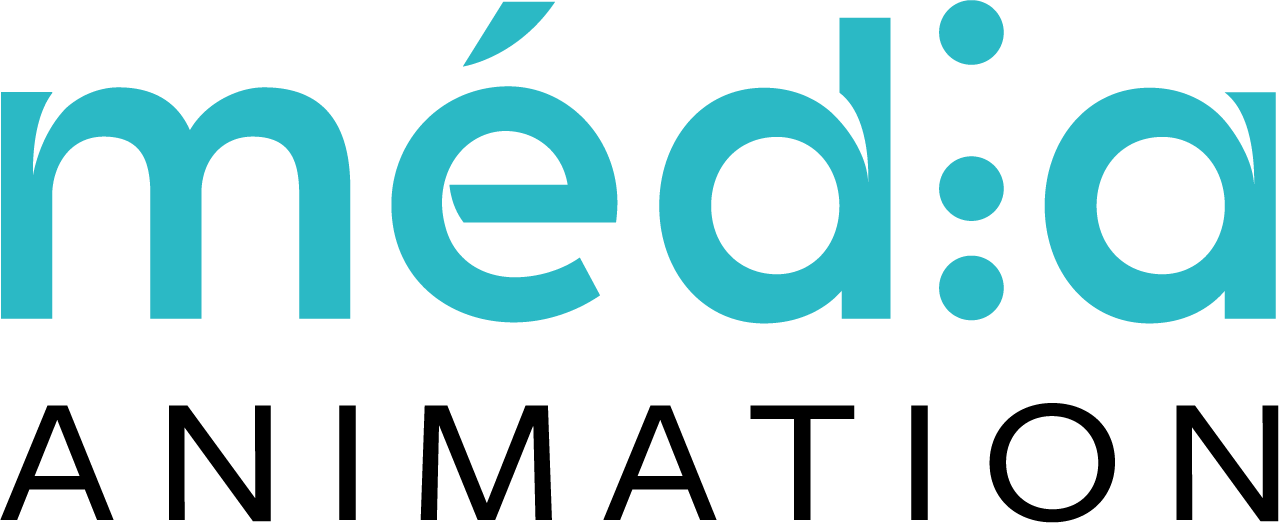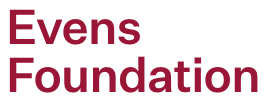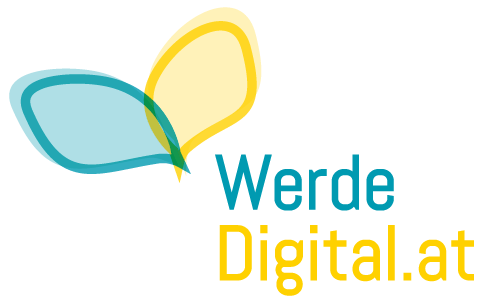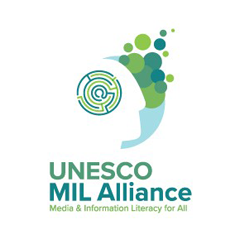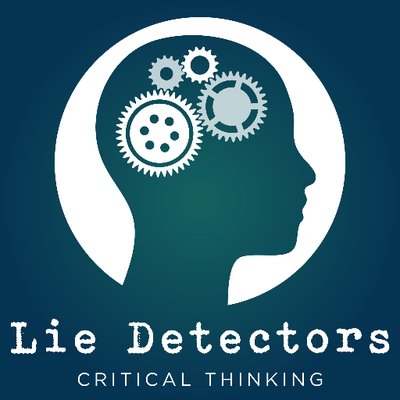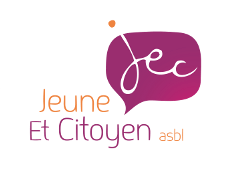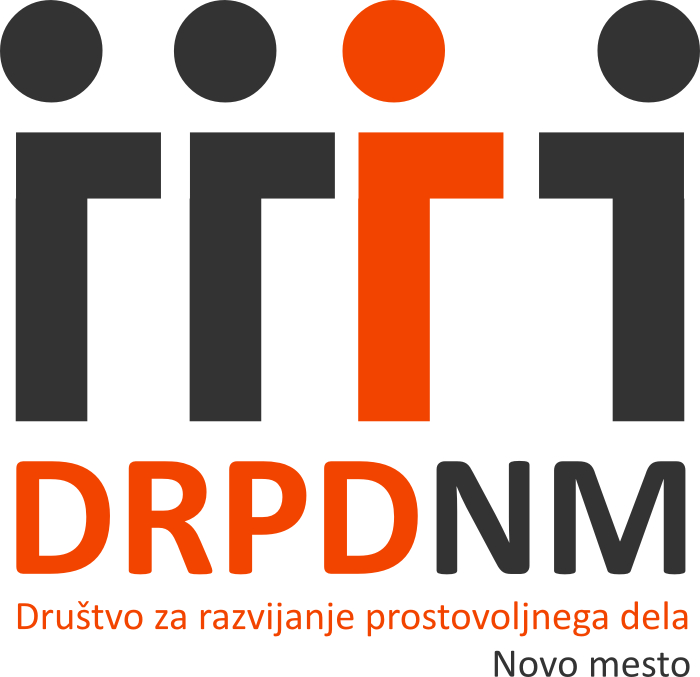Misleading content, as a form of disinformation, can be found everywhere and can have different forms, from titles to whole texts and images to videos. Visual content, especially misleading images, play a role in our online activities and can be generated for various reasons. We can even find them in social media with special effects and editing software or even in random articles. They are a part of our new online reality, and in most cases, they tend to alter our perceptions about reality, harm our well-being and our role in societies.
But how can we read and decode images and photographs? How can we break down the different parts and focus on the real meaning?
This useful infographic, developed by our EAVI team, aims to provide some useful tips and steps we can follow to read images and photographs.

Misleading content, as a form of disinformation, can be found everywhere and can have different forms, from titles to whole texts and images to videos. Visual content, especially misleading images, play a role in our online activities and can be generated for various reasons. We can even find them in social media with special effects and editing software or even in random articles. They are a part of our new online reality, and in most cases, they tend to alter our perceptions about reality, harm our well-being and our role in societies.
But how can we read and decode images and photographs? How can we break down the different parts and focus on the real meaning?
This useful infographic, developed by our EAVI team, aims to provide some useful tips and steps we can follow to read images and photographs.

Misleading content, as a form of disinformation, can be found everywhere and can have different forms, from titles to whole texts and images to videos. Visual content, especially misleading images, play a role in our online activities and can be generated for various reasons. We can even find them in social media with special effects and editing software or even in random articles. They are a part of our new online reality, and in most cases, they tend to alter our perceptions about reality, harm our well-being and our role in societies.
But how can we read and decode images and photographs? How can we break down the different parts and focus on the real meaning?
This useful infographic, developed by our EAVI team, aims to provide some useful tips and steps we can follow to read images and photographs.




